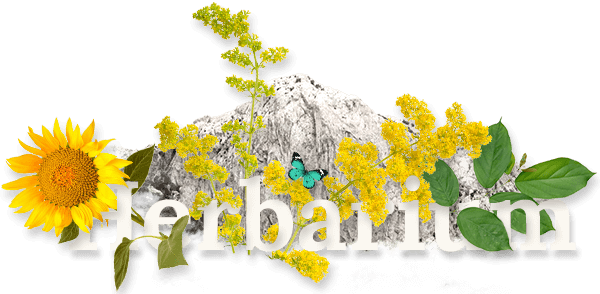Izradu internetske stranice sufinancirala je Europska unija u okviru operativnog programa Konkurentnost i kohezija iz Europskog fonda za regionalni razvoj.
saznajte više

CHAMOMILLE
lat. Anthemis tinctoria
Other names: Mayweed, scented mayweed, pinheads, pineapple weed, German-hundskamille.
Scroll
Habitat:
This annual herb is originally from Europe but has become naturalized to most continents. It can be found growing along fences and paths in well-lit areas with well-drained, light soil.
Plant Description:
The stem of the chamomile plant is erect and hollow. It is a small plant, growing to a height of 8 to 16 inches. The flowers are small (about 1 inch across) and daisy-like with a white-collar around a cone-shaped, yellow center. The leaves are light green and feathery with a bipinnate pattern. The entire plant has a sweet, pineapple scent.
Plant Parts Used:
The entire above ground portion of the plant can be used. The flowers are edible and can be used raw to top salads. The chamomile flowers are also often dried and used in tea or added to the bath. They may also be pressed for their oil. The leaves are dried and used in aromatherapy and other herbal medicines.
Pharmaceutical use:
Chamomile is used for its anti-inflammatory, antibacterial, antispasmodic and sedative properties. It is also used internally to treat spasms and inflammation of the digestive tract. In ancient Anglo-Saxon days, the chamomile flowers were chewed to relieve toothaches, which coincides with today’s use as a mouth rinse for sore gums and as an herbal treatment for gingivitis and inflammations of the oral cavity. Chamomile is often used to treat nervous disorders such as insomnia, anxiety and nervous tension. Chamomiles antispasmodic effects make it useful in treating spasms and cramping, including menstrual cramps. Chamomile is used to make soothing teas and as an additive to bath water for a relaxing soak. It is often added to cosmetics as an anti-allergen. The anti-inflammatory properties of this medicinal herb make it a good choice for sufferers of rheumatoid arthritis, osteoarthritis or other painful swelling disorders.
Cautions:
Please be aware that herbs, although natural can interact with certain medications, and that they may be ill advised to use under certain health conditions. Please consult a qualified health practitioner for cautions pertinent to you.
No therapeutic claim is made or intended for AZENA products. Information is for educational purposes only.




